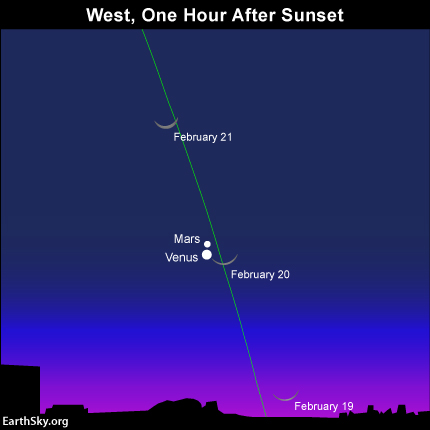The afternoon was chilly, and a strong wind whipping out of the north made it feel almost wintry. I wasn't sure what to expect from the trout on this last trip of February.
The standard wisdom about Rocky Ford Creek at this time of year is that you need to bring a variety of subsurface flies with you: scuds, midge larvae, midge pupae, pheasant tail nymphs,leeches, and San Juan worms are all recommended. The Rocky Ford Rainbows like all those things a lot. The trick is that you never know exactly which one they're eating at the moment. So you try them all and hope you hit on the right one at the right time.
Well, I hit on the right fly at the right time.
I've had a single San Juan worm for a few years. It was in one of the fly boxes that came with an old bamboo rod I bought in an auction. After catching a very nice fish on a little red nymph the other day I went home and found that San Juan worm. It was still in good shape--looked almost brand new--so now, on this windy day, I tied it on.
It got immediate attention.
Two more small fish came to it in quick succession. They seemed to like it.
Then the indicator dipped under the windswept surface for a fourth time and I came up on a big fish. This is why you come to Rocky Ford Creek.
I started to cast again, but the wind caught my backcast and snagged the fly in some cattails just off the bank. I pulled in slack line and tried to pull the cattails in close enough to grab. The tippet broke at the indicator.
There was the San Juan worm, still hanging just out of reach. This time I lassoed the cattails with the fly line and tried again to bend them within reach. This time the flyline slid up the stems and broke off the clump of dry leaves holding the fly. The clump fell in the water, and the wind quickly caught it. So all I could do was watch as the clump of leaves, and the San Juan worm, drifted away downstream.
I was all out of San Juan worms, but I had tied up a couple of big red nymphs at the same time I had found the San Juan worm. I hadn't caught anything with them on the last trip, but it seemed like this might be the day. It was.
I hooked a second big fish. It was harder to bring in than the first one, using that big tail to good advantage to avoid the net. As I released it I thought I would probably be OK without the San Juan worm.
The wind was blowing even harder, but I continued to get bumps on the red nymph.
I caught two more small fish.
Then the wind backed off a little, and the activity backed off with it. I kept laying out long slow drifts.
At the end of one of those drifts the indicator disappeared again and I came up on the third big fish. This may be the best fish I've caught at Rocky Ford so far. What a beauty.
After that things slowed down. The red nymph got no more attention. I saw fish still working out in the main channel, their dorsals or tails cutting through the riffles. I tried a stimulator, thinking they might be jacked up enough to ambush a big meaty fly right over their heads. But they weren't. I tried a scud for a long time, but they didn't want that either.
I never did figure out what they wanted--this time. But I was feeling good: I had already hit the jackpot on one of my best days at Rocky Ford.

















































